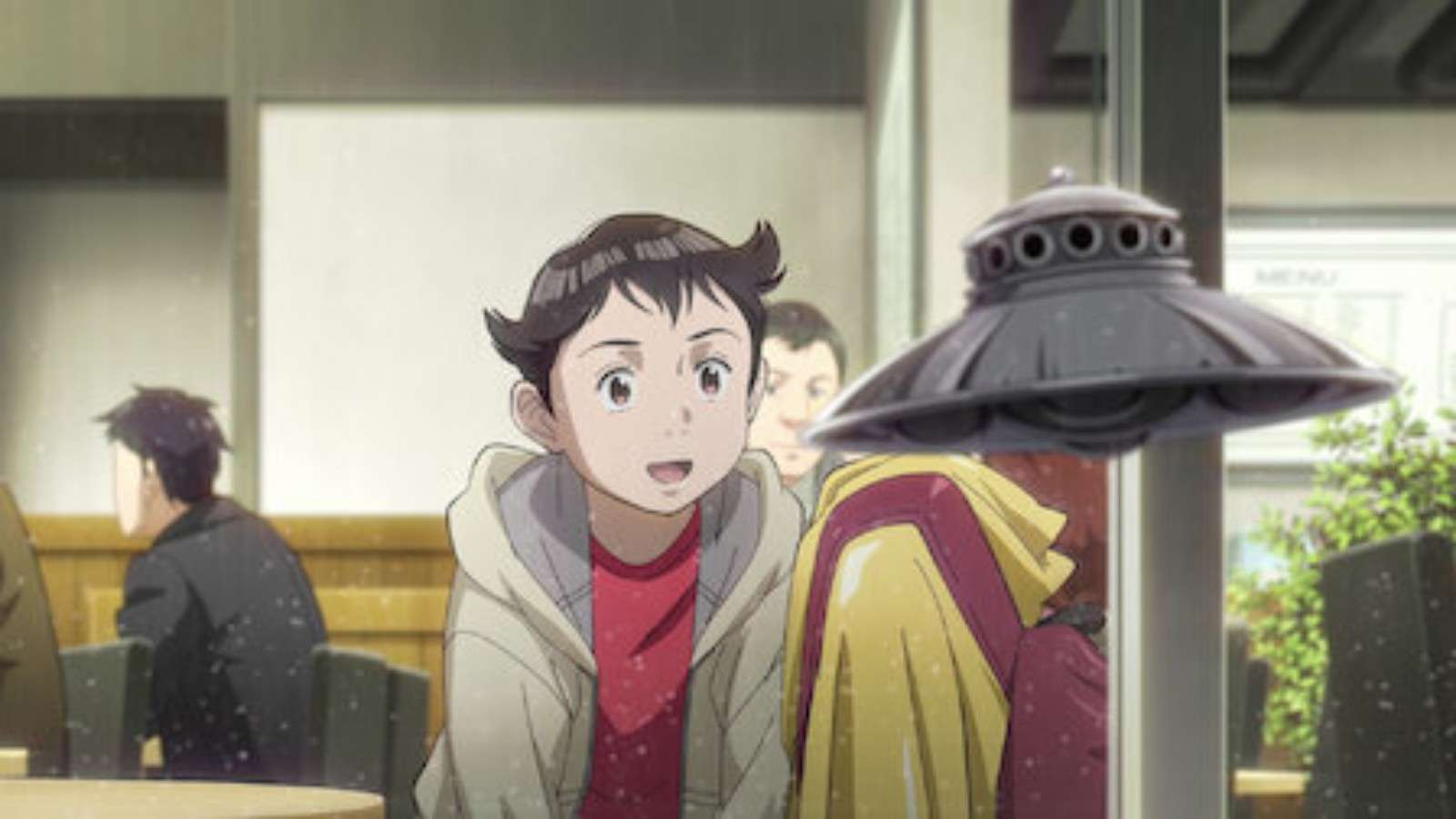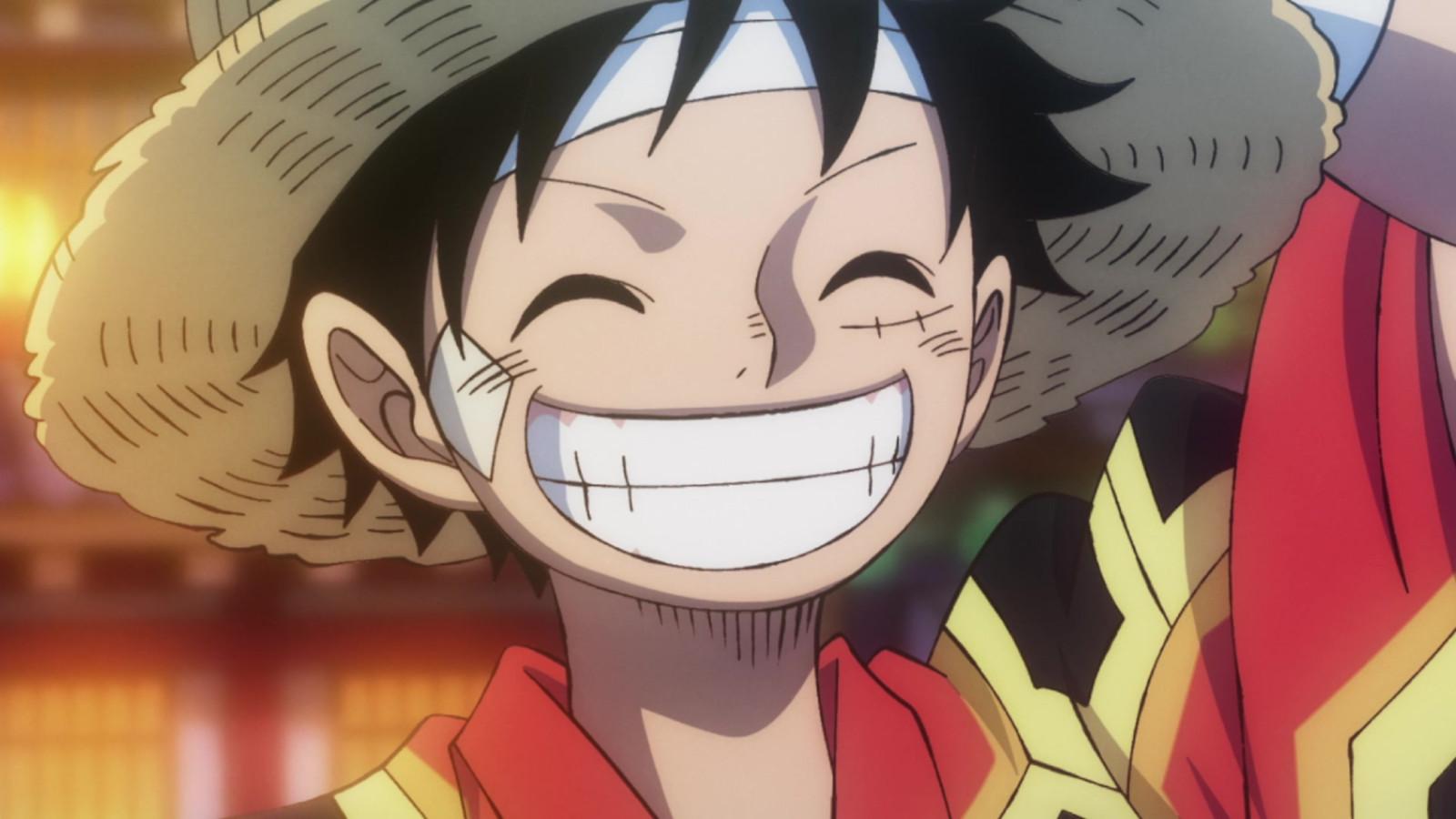Pluto review: An robot anime that brims with humanity
 Netflix
NetflixFans have waited for Netflix’s Pluto adaptation for years. But was it worth the wait? Dive into our spoiler-free review to find out.
Netflix’s Pluto, a loose anime adaptation of Naoki Urasawa’s award-winning manga, which reinterprets a story arc from Osamu Tezuka’s Astro Boy, is finally here, and it doesn’t disappoint.
While many of Urasawa’s works, including Monster and 20th Century Boys, have received critical acclaim, only a handful of his creations have made the leap into anime. The beloved series Monster, widely regarded as one of the best anime series of all time, stands as a notable exception. And now Pluto has followed. But can it live up to the hype?
With some fans already hailing Pluto as a contender for one of the best anime of the year, the answer is yes. So, let’s take a closer look at Netflix’s latest contribution to anime.
Pluto examines AI’s place in a modern world
Netflix’s Pluto, at its core, is a murder-mystery with a twist. Set in a dystopian science fiction world where humans and robots coexist, the story kicks off with a string of murders and unfolds over eight one-hour-long episodes.
This eight-part series is essentially a reimagining of Osamu Tezuka’s iconic Astro Boy manga’s ‘The Greatest Robot on Earth’ arc from the 1960s. However, what sets it apart is its unique approach to the man vs machine trope that’s prevalent in the science fiction genre. Instead of focusing solely on how these intelligent robots have reshaped society, Pluto explores the intricate relationship between the two, sparking a conversation (in a typical Urasawa-manga-style) about ethics, morality and the future of AI in human society.
Despite the complexity of the storyline, the narrative is easy to follow and is divided into two distinct threads. The first follows renowned robot detective Gesicht as he investigates a string of linked murders. The second covers Atom, a human-like boy robot – also known as Astro Boy. As the plot unfolds, both Atom and Geischt find themselves targeted by an unknown assassin – a mysterious figure determined to take down seven of the world’s most powerful robots and humans advocating for AI rights – sparking a gripping series of events.
Pluto explores the darker sides of humanity
Fans met Pluto’s arrival to Netflix with immense excitement after waiting for six years since its announcement in 2017. And with its production under the experienced hand of Masao Maruyama, known for his pivotal roles in studios like MAPPA and Madhouse, now at his new studio M2, it’s easy to see why.
Maruyama’s experienced touch is clear to see with this anime adaptation. But what really sets Pluto apart is how it weighs in on the debate around artificial intelligence – making it a topical watch for today’s climate. The series delves into the ethical dilemmas that arise in a society where human life and robots are inherently intertwined. It raises thought-provoking questions about the coexistence of humans and technology, exploring the limits of the human body, the exploitation of individuals, and, perhaps most importantly, challenging society’s treatment of those who deviate from the norm.
The series skilfully balances these overarching themes with smaller plot moments to blur the lines between humans and robots. This includes the 39th Central Asian War storyline. Often regarded as an allegory for the 2003 invasion of Iraq, it delves into the trauma experienced by the characters and offers a lens through which we can examine how the psychological wounds of war can be expressed and eventually healed.
Each episode of Pluto is densely packed, remaining faithful to its source material. However, don’t count on binge-watching this anime. All eight of its one-hour episodes demand your full attention and commitment.
Pluto’s flaws and final thoughts
Although Pluto is ground-breaking, it’s not without its flaws. Some fans of Urasawa’s work could find that the animation and pacing don’t quite match the high bar set by his previous masterpiece, “Monster.” Furthermore, the utilization of 3D computer-generated animation and backgrounds occasionally falls short, detracting from the vibrancy of Pluto’s universe.
The choice to extend each episode into one-hour instalments is also different to what many anime fans have come to expect. This decision can make the series feel weightier than some viewers might prefer. However, it’s clear why the producers opted for this format. The decision allowed the anime to fully embrace the source material provided by the manga, ensuring it omitted no story arc or critical element.
Pluto: a 4-star anime that’s out of this world
Thanks to its producer and source material, Pluto is undeniably one of the best animes of the 21st century, living up to the legacy of Urasawa’s previous works and cementing Netflix’s place in the anime universe.
While it has some minor visual hiccups, mainly related to background graphics, its storyline remains compelling, delving deep into the artificial intelligence debate with empathy and crafting memorable characters that will stick with you long after watching.
This beautifully crafted sci-fi story brims with human themes and should be at the top of any anime enthusiast’s list, making it a strong contender for the best TV release of 2023.
Pluto is available to watch now on Netflix. You can check out our other anime coverage here.



